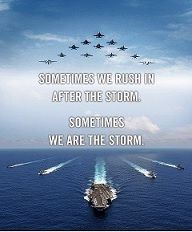Originally posted by DonBelt
View Post
If I had to guess, I'd say that only the ejection seat, the weapons themselves and, maybe, the radar are interchangeable between the two aircraft; everything else is different.

 )
)
Comment